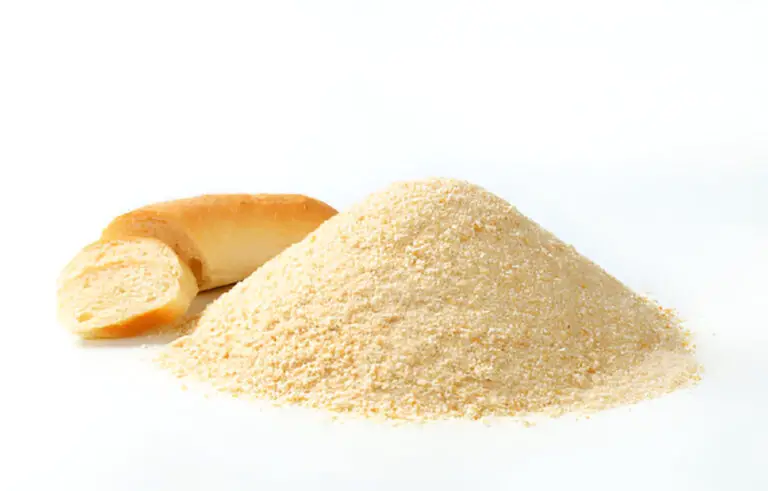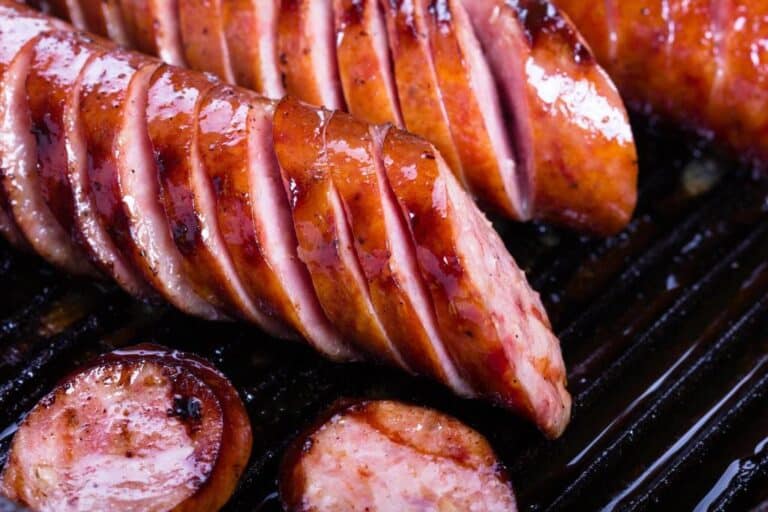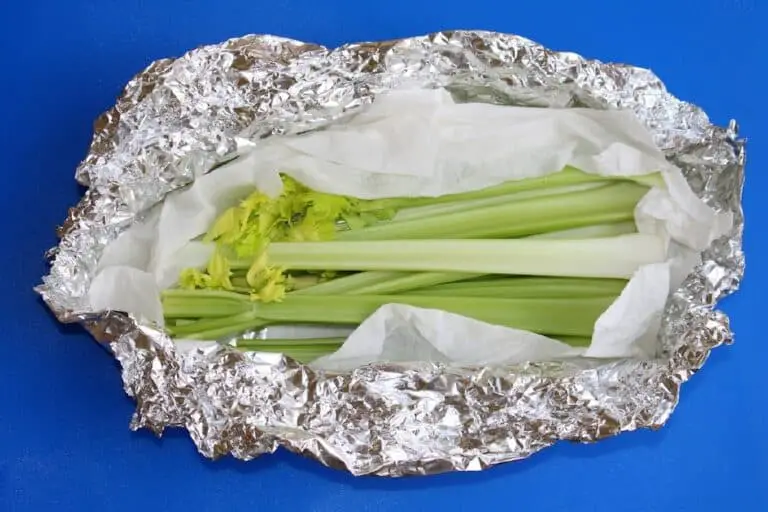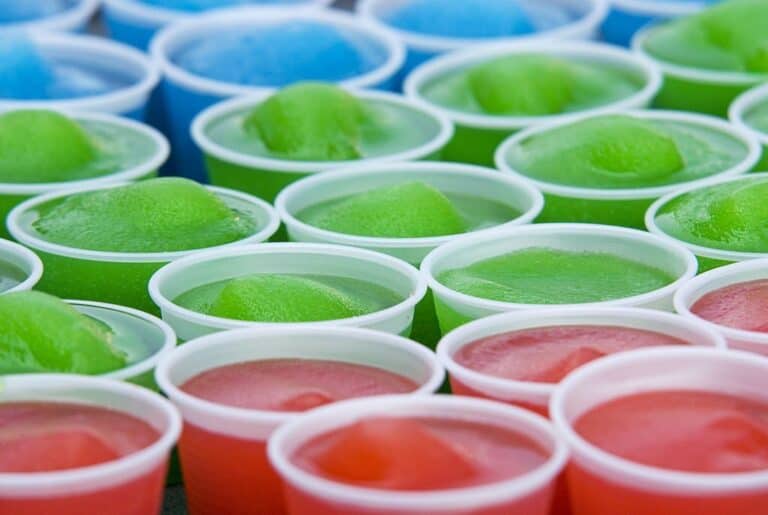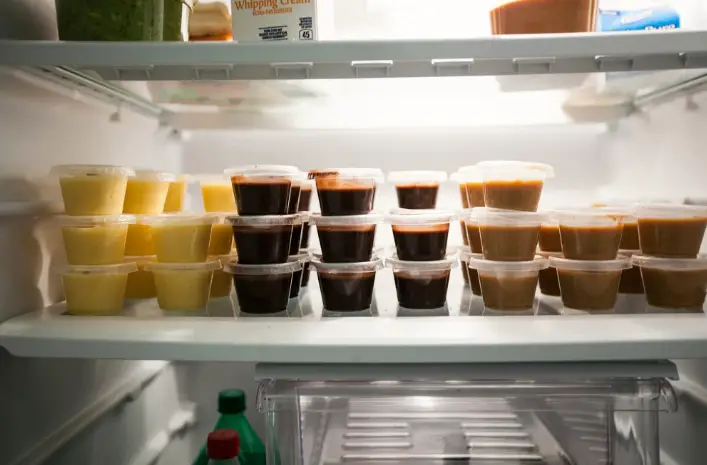Can You Freeze Food in Pyrex Dishes? Is It Safe?
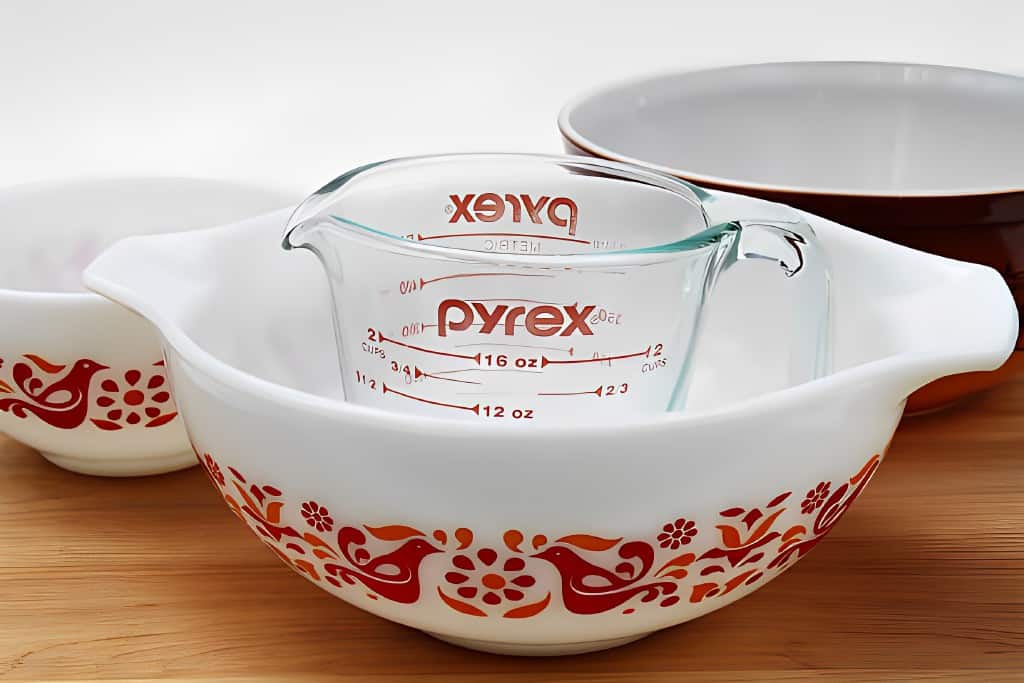
There’s something about Pyrex dishes that makes them a staple in many kitchens. Whether it’s the durability, versatility, or simply the nostalgia of seeing those iconic glass containers in our cabinets, they have become synonymous with cooking and food storage. But when it comes to freezing food, can we rely on our trusty Pyrex? The answer may surprise you.
In the world of freezing food, home cooks use various methods. These include plastic bags, aluminum foil, and specialized freezer containers. However, Pyrex dishes often find their way into this icy realm as well. Perhaps it’s because they seem like a logical choice: oven-safe and microwaveable; surely they can handle a trip to the freezer too? Well, let’s dive deeper into this topic and separate fact from fiction.
Have you ever wondered if your beloved Pyrex dish can be used to freeze meals or leftovers without damage or contamination? Keep reading!
In this article, we will explore everything there is to know about using Pyrex dishes for freezing food. We will also look at any potential advantages or disadvantages that come with this choice. So grab your favorite mug full of hot tea (hopefully not stored in a questionable container) and join us on this chilly adventure!
Understanding Pyrex’s and Its Freezing Capabilities
Pyrex, a renowned brand of glassware, offers durability and versatility in the kitchen. Its borosilicate composition resists thermal shock. This makes it suitable for various temperature changes.
One of the main reasons why Pyrex is ideal for freezing food is its resistance to extreme temperature changes. Glass has an advantage over other materials like plastic or ceramic. It can handle rapid shifts in temperature without cracking or breaking.
However, it’s important to note that while Pyrex dishes can handle freezing temperatures, they do have limits. Extreme temperature changes can cause breakage. For example, rapidly moving a dish from the freezer to a hot oven can lead to breakage.
Choosing the right Pyrex dish ensures it can withstand freezing temperatures without risk of damage. Additionally, allowing hot foods to cool before freezing and leaving space for expansion are vital practices for safe freezing in Pyrex dishes. These considerations help maintain the integrity of the glassware and prevent potential breakage. With proper usage, Pyrex dishes offer a reliable solution for freezing food while preserving its quality.
Is it Safe to Freeze Food in Pyrex Dishes?
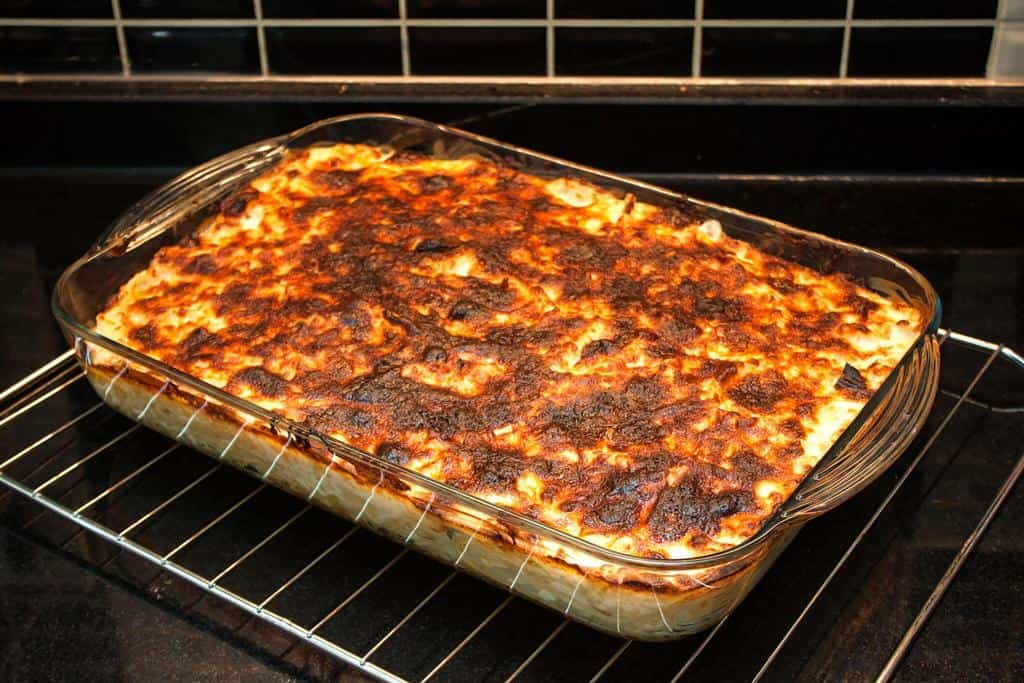
The short answer is yes; it is generally safe to freeze food in Pyrex dishes. Pyrex glassware is designed to withstand freezing temperatures, and when used properly, it can safely store food in the freezer for extended periods.
However, there are a few important considerations to keep in mind:
- Choose the Right Type of Pyrex: Not all Pyrex dishes are suitable for freezing. Make sure to check the manufacturer’s instructions to ensure that the Pyrex dish you’re using is freezer-safe.
- Avoid Extreme Temperature Changes: While Pyrex is resistant to thermal shock, it’s still best to avoid subjecting it to extreme temperature changes.
- Allow hot foods to cool to room temperature before placing them in the freezer, and avoid placing frozen dishes directly into a hot oven.
- Leave Room for Expansion: When freezing food in Pyrex dishes, leave some room at the top of the container to allow for expansion as the food freezes. Failure to do so may cause the glass to crack or break.
- Use Proper Packaging: This will further protect your Pyrex dishes and prevent freezer burn. Consider using plastic wrap or aluminum foil before placing them in the freezer.
| Related: Can You Freeze Cookie Dough in Tupperware? |
Benefits and Drawbacks of Using Pyrex Dishes in the Freezer
a) Benefits
When it comes to freezing food, Pyrex dishes offer several advantages that make them a popular choice among home cooks. One notable benefit is their transparency. Unlike other containers, such as ABS plastic ones, Pyrex dishes allow you to easily see the contents without having to open them. This can be especially helpful when searching for a specific frozen dish or ingredient.
Another advantage of using Pyrex dishes for freezing is their versatility. These dishes are designed to withstand extreme temperature changes effectively. Therefore, you can take your meal straight from the freezer and transfer it directly into the oven. You can also put it in a mug glass and then into microwave without worrying about damaging your dish. This convenience allows you to save time and effort by eliminating unnecessary container transfers.
Furthermore, Pyrex is known for its non-reactivity with acidic foods like fruits and tomatoes. You can safely freeze these types of foods. You don’t need to worry about any chemical reactions between the container and the food.
b) Drawbacks
While Pyrex dishes have many benefits for freezing food, there are some drawbacks worth considering as well. One potential risk is breakage under extreme temperature fluctuations or mishandling while frozen solid. Moving a frozen dish rapidly from a freezer into an oven could cause thermal shock. This could lead to the glass cracking or shattering.
To avoid this issue, follow proper thawing procedures. Don’t transfer your Pyrex dish from the freezer directly into high-temperature ovens or microwaves. Thawing at room temperature slowly decreases the chances of sudden temperature changes that may damage your dish.
In addition, resistance against direct heat conduction might not always be ideal if reheating large batches. These glass containers distribute heat more slowly than metal cookware during oven use.
Tips for Proper Handling and Storage
Thawing procedures
When it comes to transitioning Pyrex dishes from the freezer to the refrigerator, there are a few key recommendations to keep in mind. Firstly, it is crucial to allow enough time for gradual thawing.
Moving your frozen Pyrex dish from the freezer to the fridge will help maintain its structural integrity. It will also minimize any potential thermal shock. Depending on the size and density of your food, this process can take anywhere from a few hours to overnight.
If you’re pressed for time or need to thaw your food quickly, other methods like using cold water or a microwave can be employed. For these methods, ensure that you transfer your frozen Pyrex dish into a suitable container before submerging it in cold water or microwaving it. This will prevent any potential damage caused by temperature fluctuations directly on the glass surface.
| Also see: Can You Store Food in Metal Freezer Containers in the Fridge? |
Proper labeling and organization
Effective labeling and organization play significant roles in avoiding confusion when retrieving frozen food items stored in Pyrex dishes. Clearly label each Pyrex dish. Include information such as the type of food, date of freezing, and reheating instructions (if applicable). You can use adhesive labels or marker pens specifically designed for freezer use.
Additionally, consider grouping similar foods together in clearly marked sections of your freezer. Keep raw meat separate from cooked meals or desserts, and divide by type (for example, pies/muffins). One helpful technique involves stacking smaller Pyrex containers within larger ones with labels visible above each layer. Implementing these strategies ensures easy identification. It also maintains optimal storage conditions for all your frozen goodies.
Conclusion
In summary, Pyrex dishes can indeed be used for freezing food, with certain considerations. They are designed to withstand extreme temperatures and can safely go from freezer to oven without shattering. This makes them a convenient option for storing leftovers or preparing meals ahead of time.
However, it is important to keep in mind that not all Pyrex dishes are suitable for freezing. The ones labeled as freezer-safe or having the word PYREX written on the bottom in capital letters are your best bet. It is also advisable to let hot food cool down before placing it in the freezer to prevent thermal shock.
Overall, freezing food in Pyrex dishes offers numerous advantages. These include easy storage, durability, and the convenience of reheating straight from the freezer. With proper usage and care, these versatile glass containers can certainly become a valuable addition to any kitchen’s arsenal of cookware.
Common FAQs about Freezing Food in Pyrex Dishes
Can all types of Pyrex go in the freezer?
Many people wonder whether any type of Pyrex dish can be used for freezing food. Most Pyrex dishes are built to handle big temperature changes. It’s important to check the manufacturer’s specific instructions and recommendations. Some older models of Pyrex may not be suitable for freezing due to changes in manufacturing processes over time.
Is it safe to transfer hot food directly into a cold Pyrex dish and then freeze it?
One common concern when freezing food in a Pyrex dish is whether it is safe to transfer hot or warm foods directly into a cold dish. The sudden change in temperature can cause thermal shock, which may result in your glass container cracking or shattering. To avoid this issue, allow your cooked food to cool down slightly before transferring it into a room-temperature or even pre-warmed Pyrex dish.
How do you prevent glass containers from breaking when frozen?
To ensure that your glass containers stay intact while being stored in the freezer, there are several precautions you can take. First, make sure that your food has cooled down sufficiently before placing it inside the container. It’s also best practice to leave some empty space at the top of the container since liquids expand when they freeze.
Additionally, avoid using damaged or chipped dishes. These imperfections could weaken their structure and increase their likelihood of breaking under extreme temperatures.

